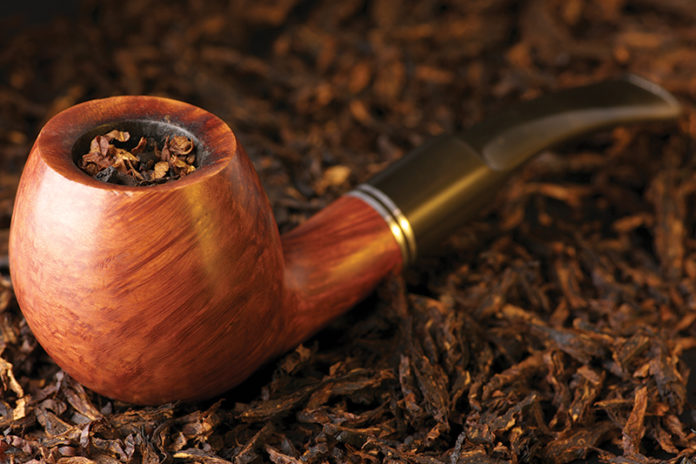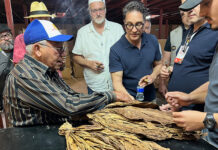While the variety of pipe tobacco blends available on the market today can be a little intimidating for any tobacco retailer to master, knowing the qualities and characteristics of some of the most commonly used varietal tobaccos—the building blocks of any pipe tobacco blend—can provide clues to what flavors and aromas a particular pipe tobacco blend will present.
To help any retailer unfamiliar with traditional pipe tobaccos make a more informed decision on what blends to bring into their shops, Tobacco Business offers a basic explanation of pipe tobacco’s broad categories and a brief description of the varietal tobaccos most commonly used in these blends.
Aromatic, Non-aromatic and English Pipe Tobaccos
Traditional pipe tobaccos can be divided into three broad categories—aromatic, English and non-aromatic. The aromatic blends outsell the non-aromatic blends by a large margin, primarily because most people, especially beginning pipe smokers, are attracted to the sweet and savory aromas emanating from these blends—scents such as caramel, cherry, vanilla, nougat, rum, whiskey, maple or chocolate.
The aromatic tobaccos’ exotic aromas and flavors are derived from pipe tobacco manufacturers applying a top flavoring or a casing to the tobaccos in each blend. Some aromatic pipe tobacco blends contain tobaccos that have been cased and then have had a top flavoring added to them.
Non-aromatic blends also contain tobaccos that have been enhanced by flavoring, but this flavoring is so light that it’s almost imperceptible. Any blend that isn’t an aromatic or an English blend is lumped into the non-aromatic category. These include blends of Virginia tobaccos, unflavored burley blends, and blends of Virginia and perique (popularly known as VaPers in the pipe smoking community). These blends range from mild and sweet to heavy, spicy and bold. These tobaccos typically contain high levels of natural sugars so they can burn hot in a pipe, so they must be smoked slowly to avoid tongue bite and to get the most out of the tobaccos’ natural flavors.

Tobacco Varietals
Burley: Burley is by far the varietal tobacco most commonly used in pipe blends. Most American-grown burley is cultivated in Kentucky and Tennessee. By itself, unflavored burley offers a mild, nutty and slightly bitter taste that’s very subtle. A typically thicker leaf than other varietal tobaccos, burley is used to add body to a pipe tobacco blend, and its slow combustion rate benefits many pipe tobacco blends as well. However, burley is most commonly used because it’s ideal for using as a base for aromatic blends—its naturally low sugar content allows it to easily absorb any flavorings or casings that a pipe tobacco blender wants to apply to it.
Cavendish: Cavendish isn’t a particular tobacco variety, but rather a processing method. It can be used on almost any leaf but is usually used on burley or Virginia tobaccos. The processing method’s origin is attributed to Sir Thomas Cavendish, who, while on an expedition to Virginia in 1585, discovered that dipping tobacco leaves into sugar produced a milder smoke.
Cavendish produces typically mild and sweet tobaccos. To produce Cavendish, the tobacco is flavored or sweetened, pressed into cakes about an inch thick and then heated under pressure and allowed to ferment for a few days to a few weeks. The tobacco is then cut into flakes or ribbons, or sometimes re-pressed into cakes or cut into granules. The most well-known variety is Black Cavendish, so-called for its deep, dark and rich black color. Like burley, Cavendish is most commonly used in aromatic tobacco blends and is often flavored to taste like cherry, coconut, rum or vanilla. Pipe tobacco blenders like to use Cavendish because it is a slow-burning leaf and its mild and sweet characteristics can moderate the flavors of other leaves in a blend.








